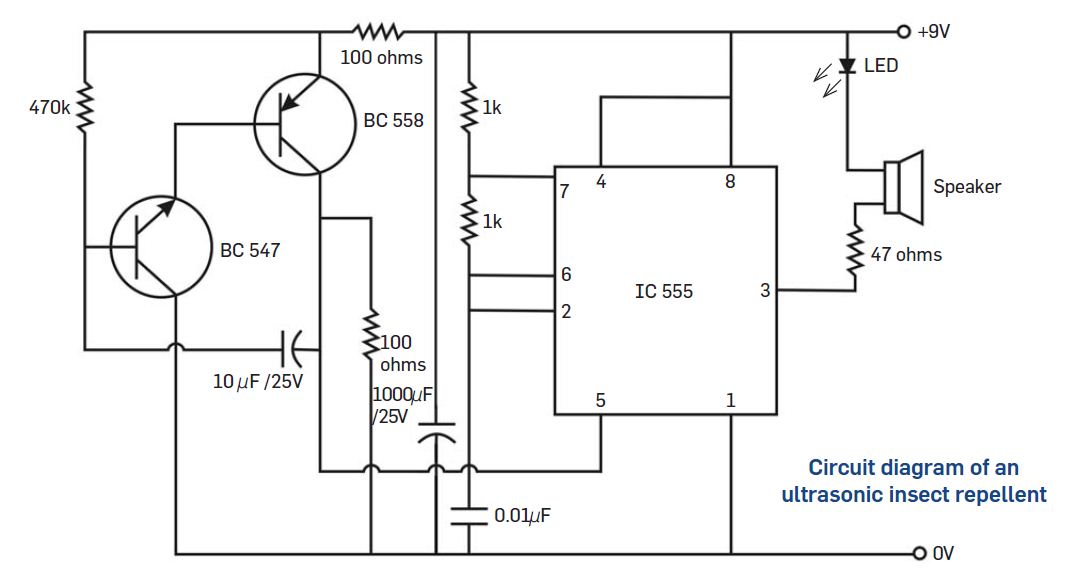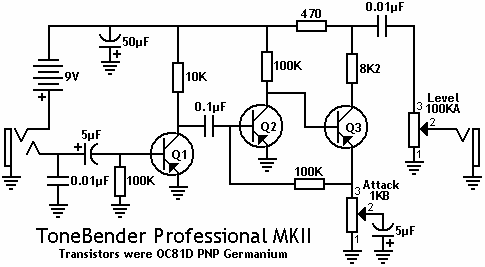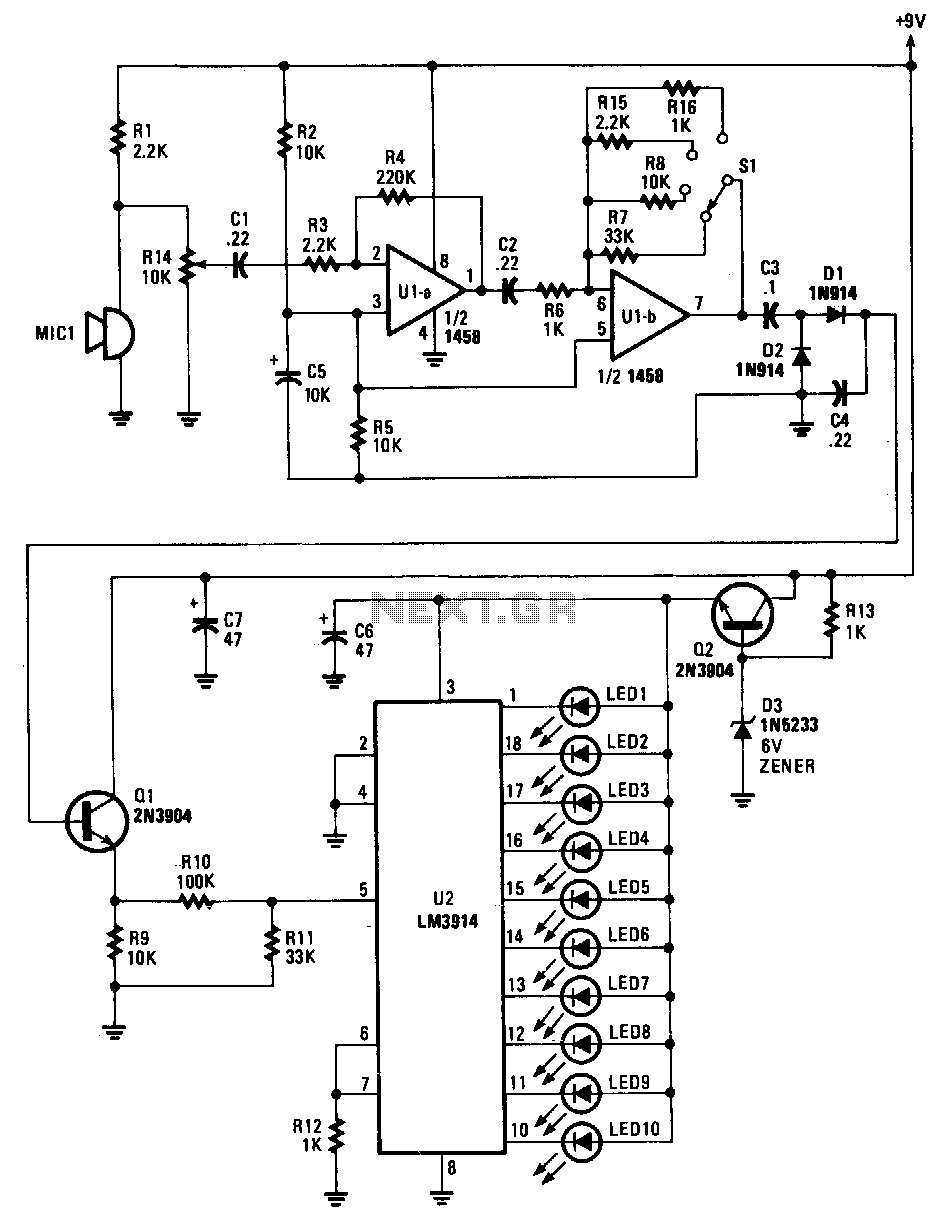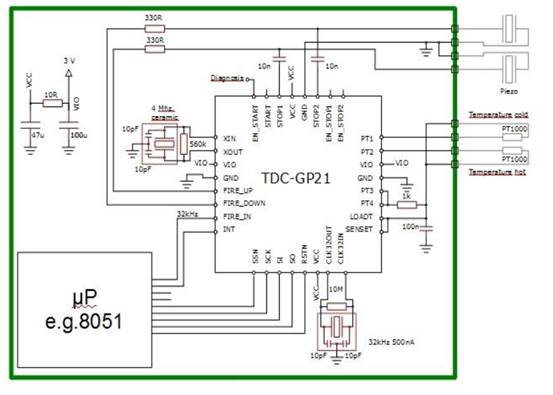
Ultrasonic sound producer(insect repellent)

Many types of insects are sensitive to ultrasonic sounds, which can cause them irritation. This project is designed to repel insects such as mosquitoes and cockroaches using ultrasonic sound waves.
The project utilizes an ultrasonic frequency generator, which emits sound waves at frequencies above the audible range for humans but within the sensitivity range for various insects. The circuit typically includes a microcontroller or a dedicated oscillator IC that generates the ultrasonic signals. These signals are then amplified using a power amplifier circuit to ensure they can be emitted at sufficient intensity through a transducer, such as a piezoelectric speaker.
The ultrasonic transducer is strategically placed to maximize the area of effect. The circuit design may also include a variable frequency adjustment feature, allowing the user to change the emitted frequency to find the most effective range for repelling specific types of insects. Additionally, a power supply circuit is necessary to provide the required voltage and current to the ultrasonic generator and amplifier.
To enhance the functionality, the project may incorporate a motion sensor that activates the ultrasonic emitter only when insects are detected, conserving energy and extending the device's operational life. A user interface may also be included to allow for easy adjustments and monitoring of the device's status.
Overall, this electronic schematic effectively combines sound generation, amplification, and control mechanisms to create a practical solution for insect repulsion, leveraging the natural sensitivity of insects to ultrasonic frequencies.As we know many kinds of insects have their tendency to hear ultrasonic sound(which cause them irritation), this project is very useful to swept away those insects like mosquito cockroach etc. 🔗 External reference
The project utilizes an ultrasonic frequency generator, which emits sound waves at frequencies above the audible range for humans but within the sensitivity range for various insects. The circuit typically includes a microcontroller or a dedicated oscillator IC that generates the ultrasonic signals. These signals are then amplified using a power amplifier circuit to ensure they can be emitted at sufficient intensity through a transducer, such as a piezoelectric speaker.
The ultrasonic transducer is strategically placed to maximize the area of effect. The circuit design may also include a variable frequency adjustment feature, allowing the user to change the emitted frequency to find the most effective range for repelling specific types of insects. Additionally, a power supply circuit is necessary to provide the required voltage and current to the ultrasonic generator and amplifier.
To enhance the functionality, the project may incorporate a motion sensor that activates the ultrasonic emitter only when insects are detected, conserving energy and extending the device's operational life. A user interface may also be included to allow for easy adjustments and monitoring of the device's status.
Overall, this electronic schematic effectively combines sound generation, amplification, and control mechanisms to create a practical solution for insect repulsion, leveraging the natural sensitivity of insects to ultrasonic frequencies.As we know many kinds of insects have their tendency to hear ultrasonic sound(which cause them irritation), this project is very useful to swept away those insects like mosquito cockroach etc. 🔗 External reference





